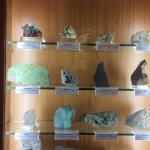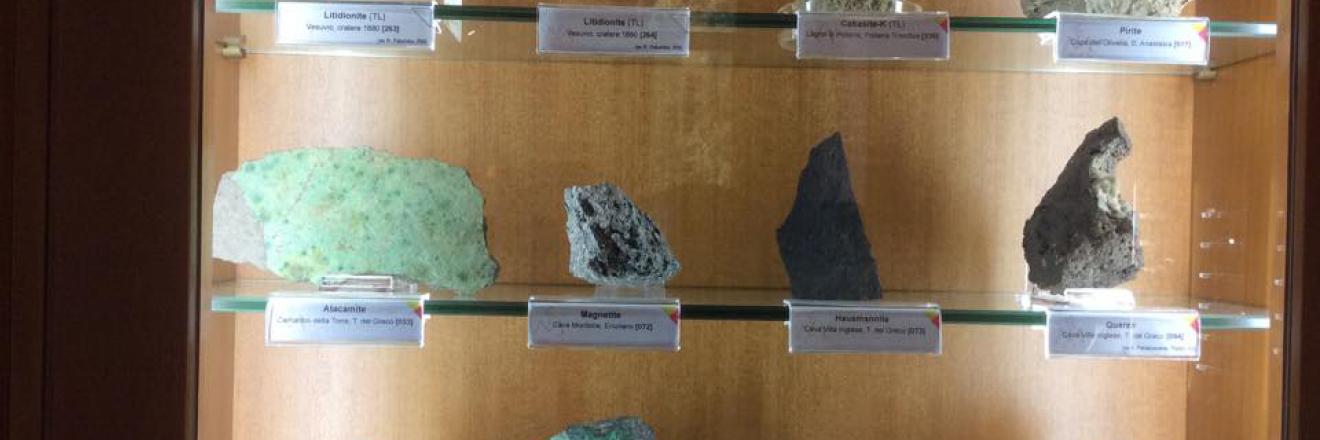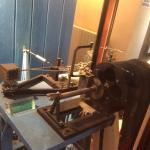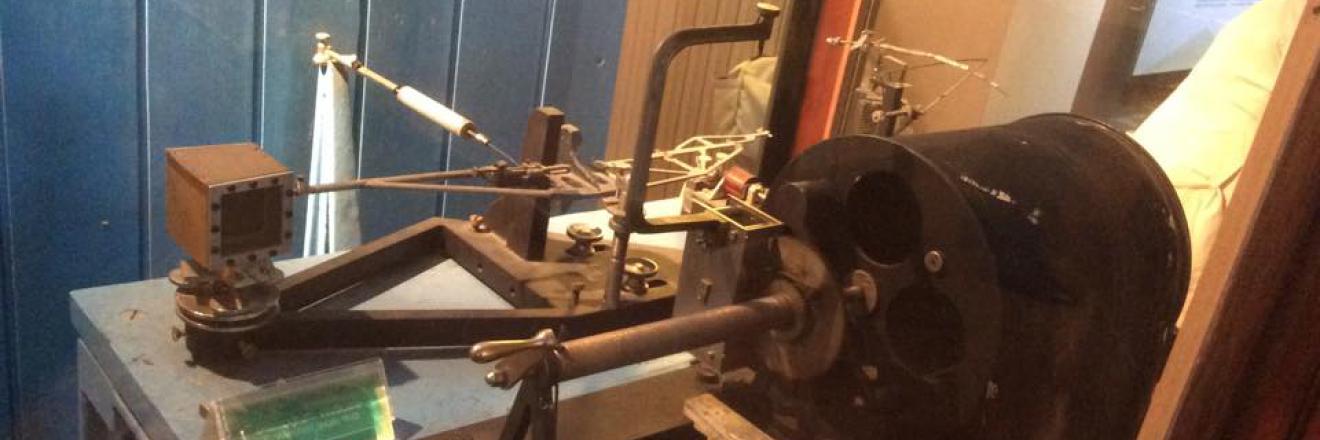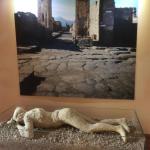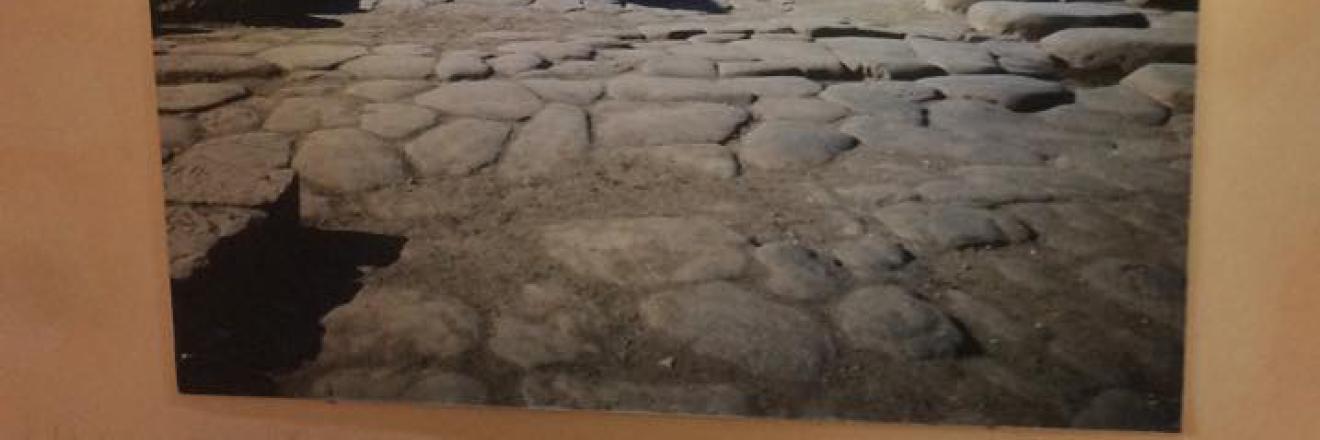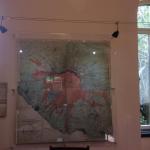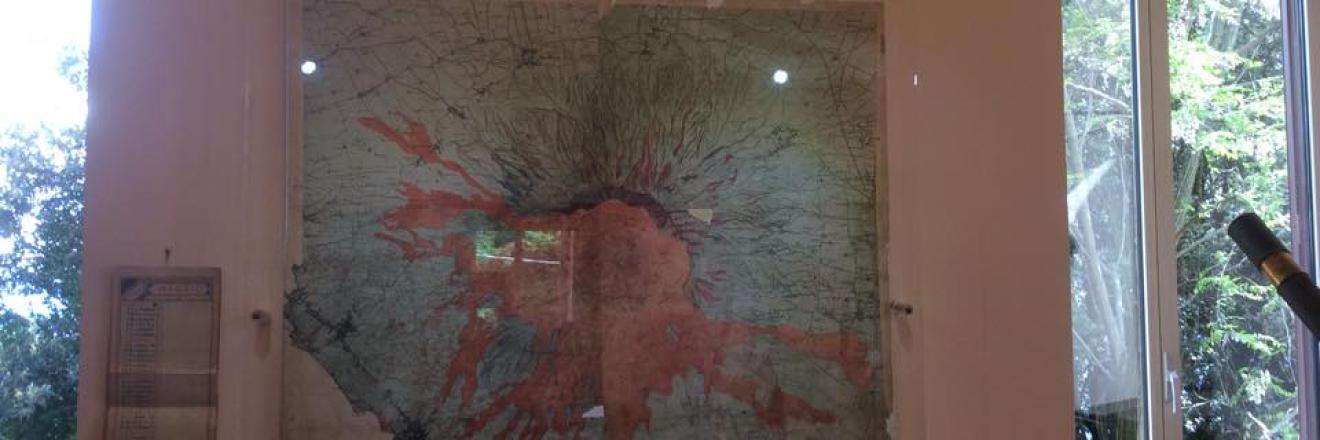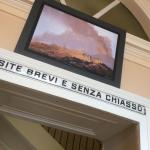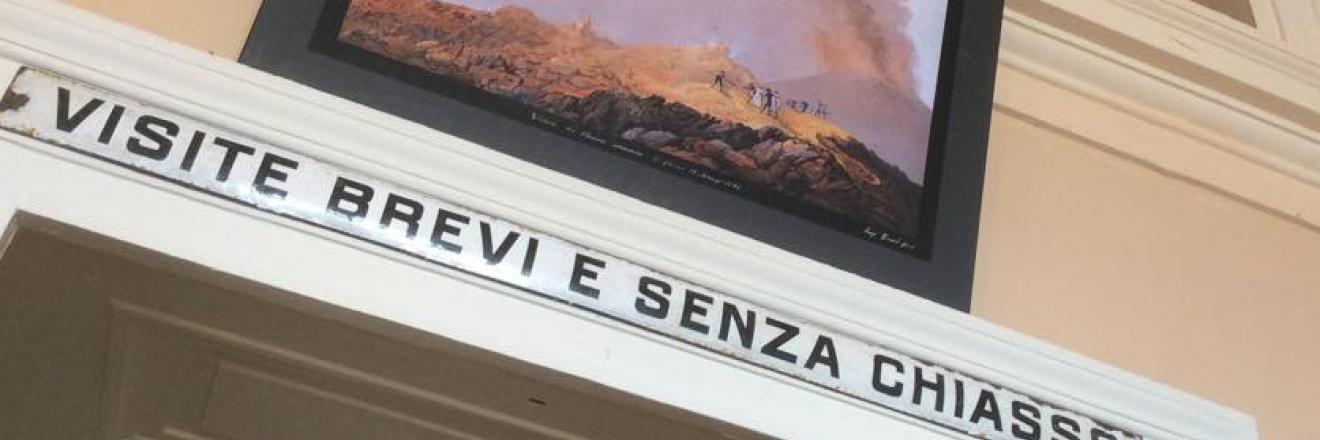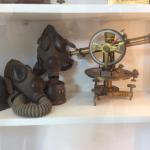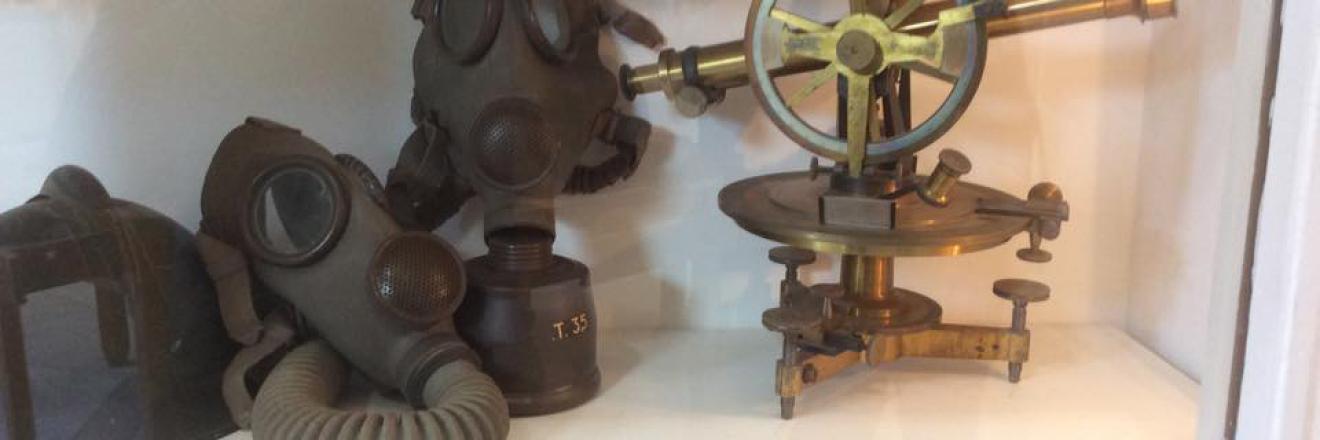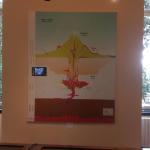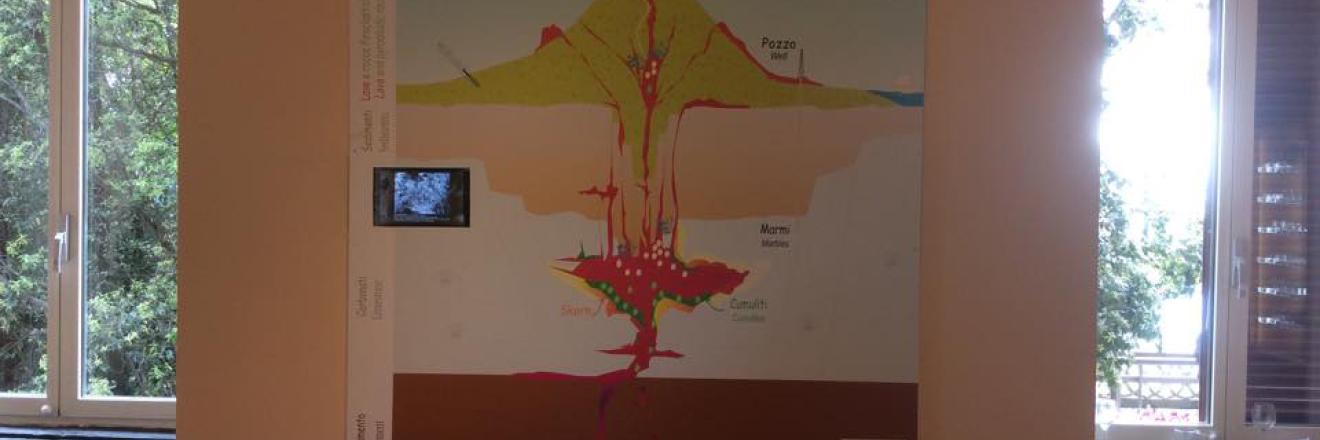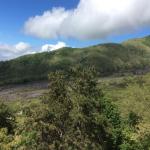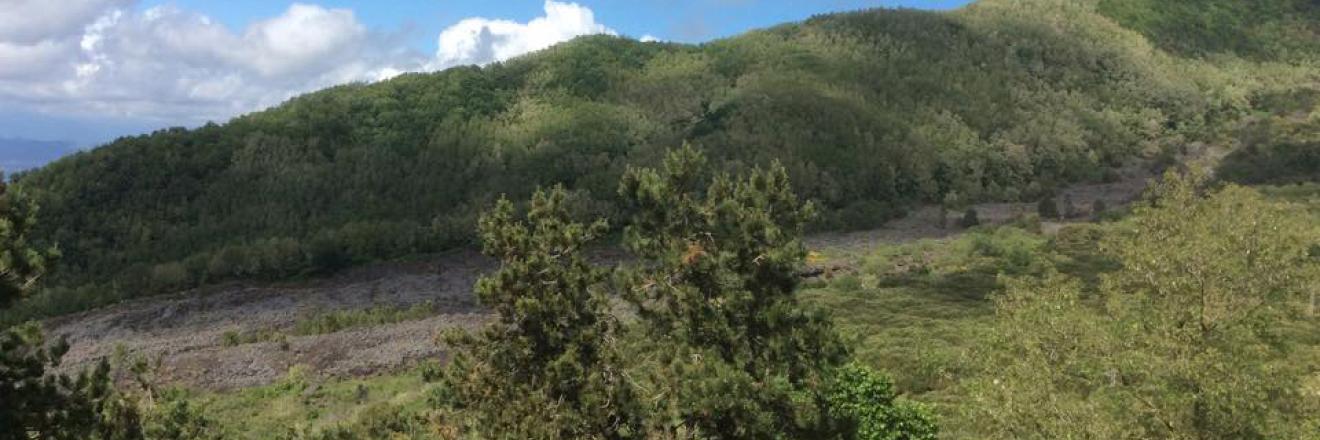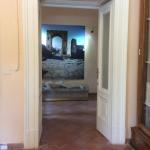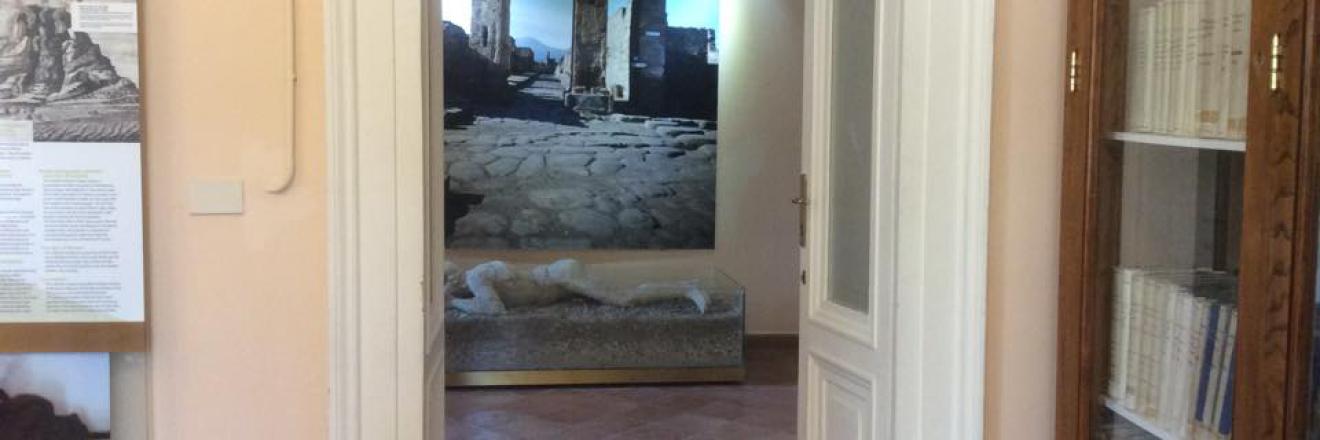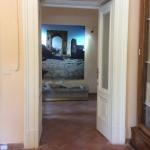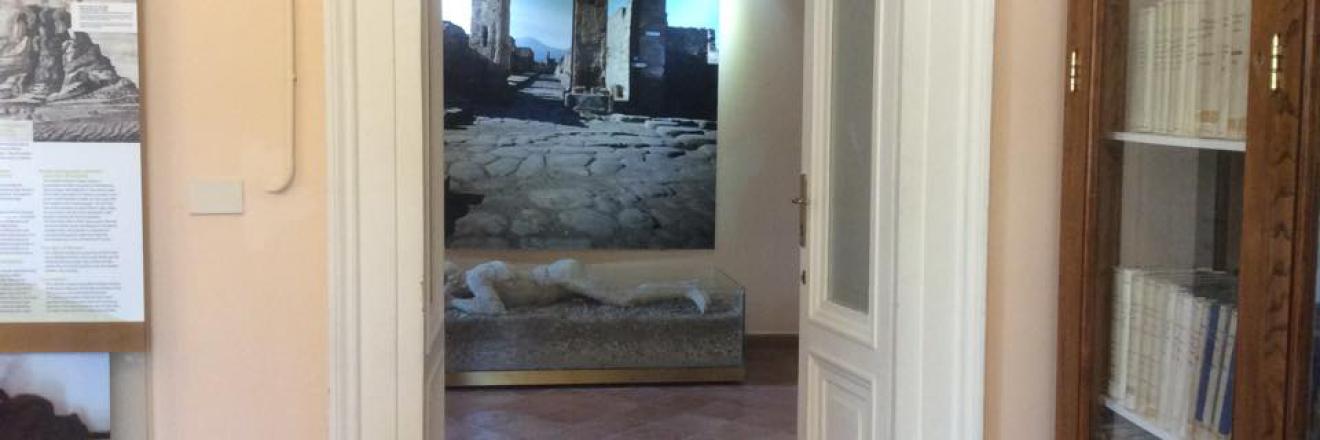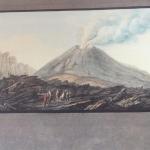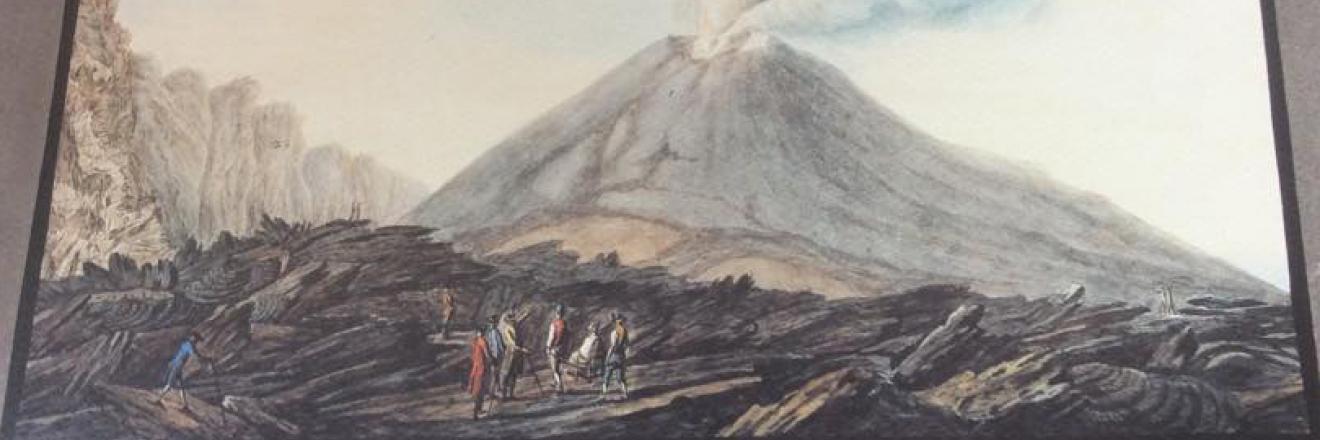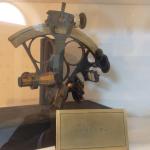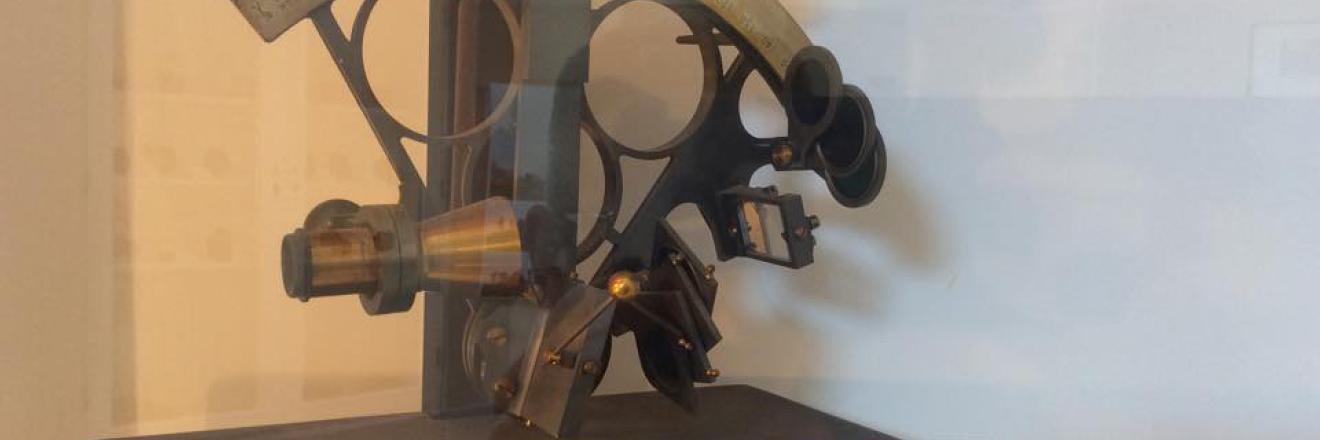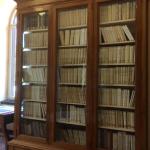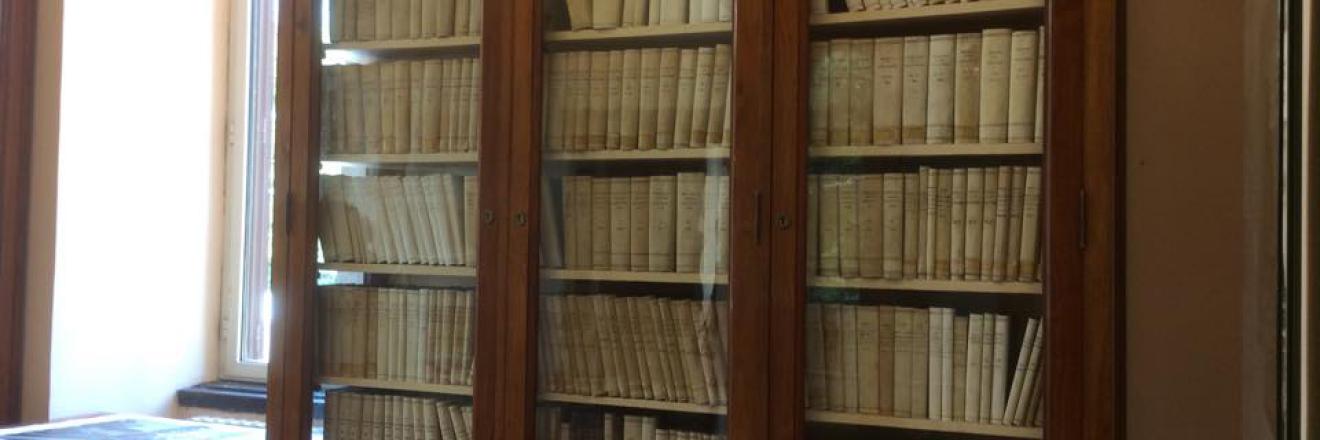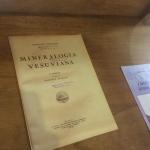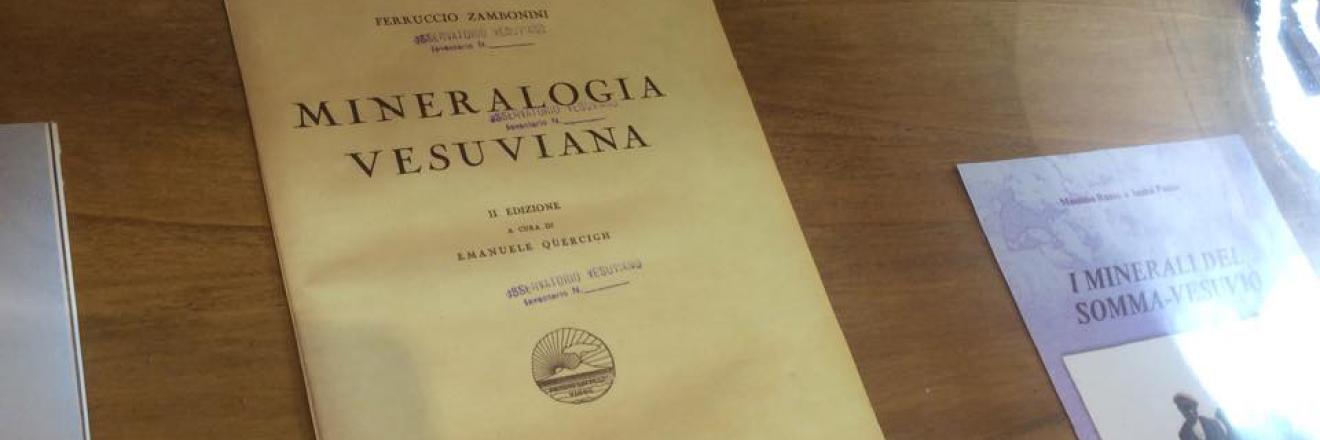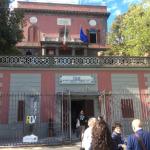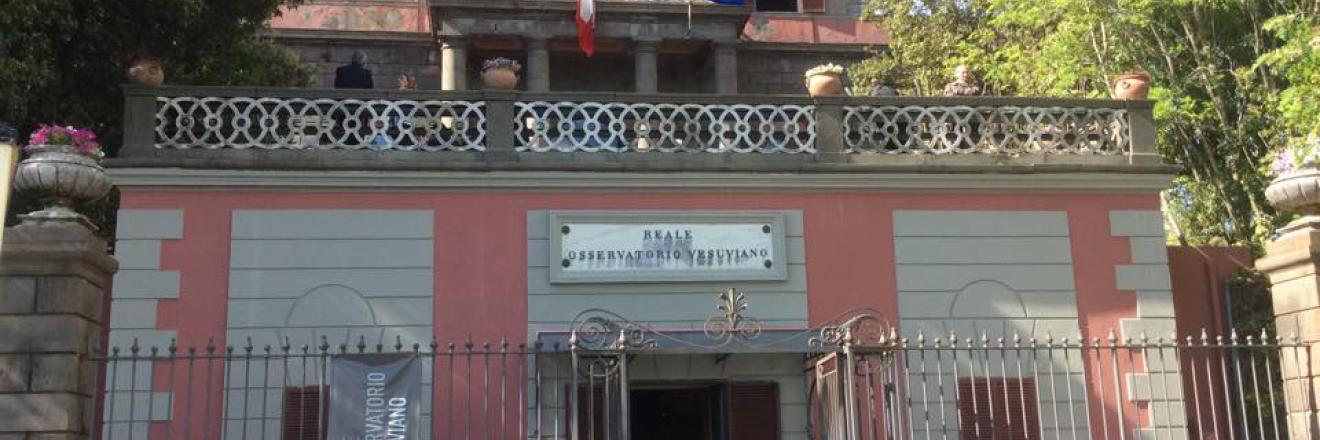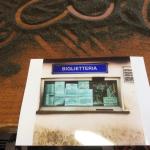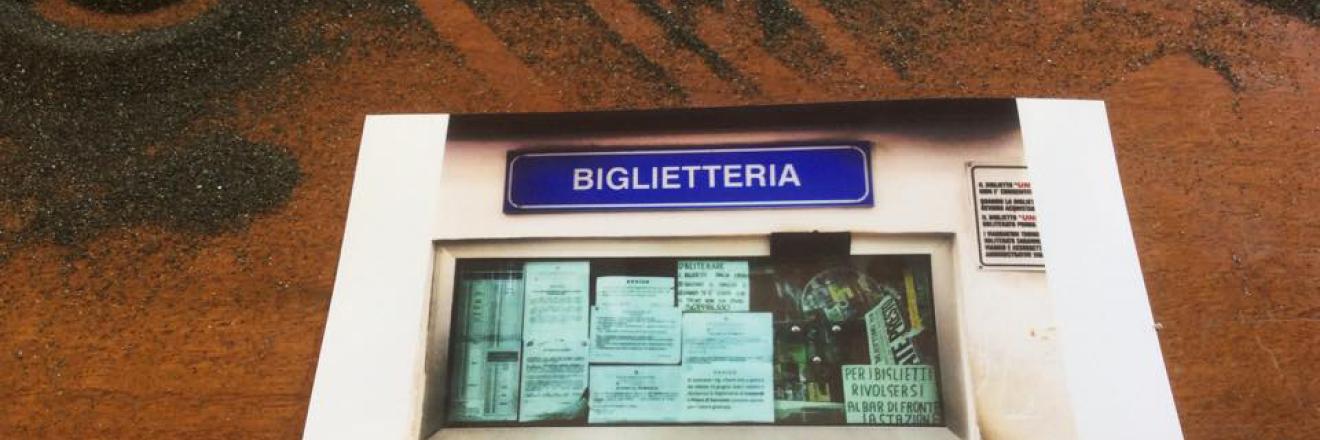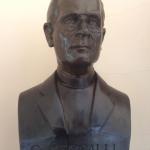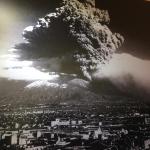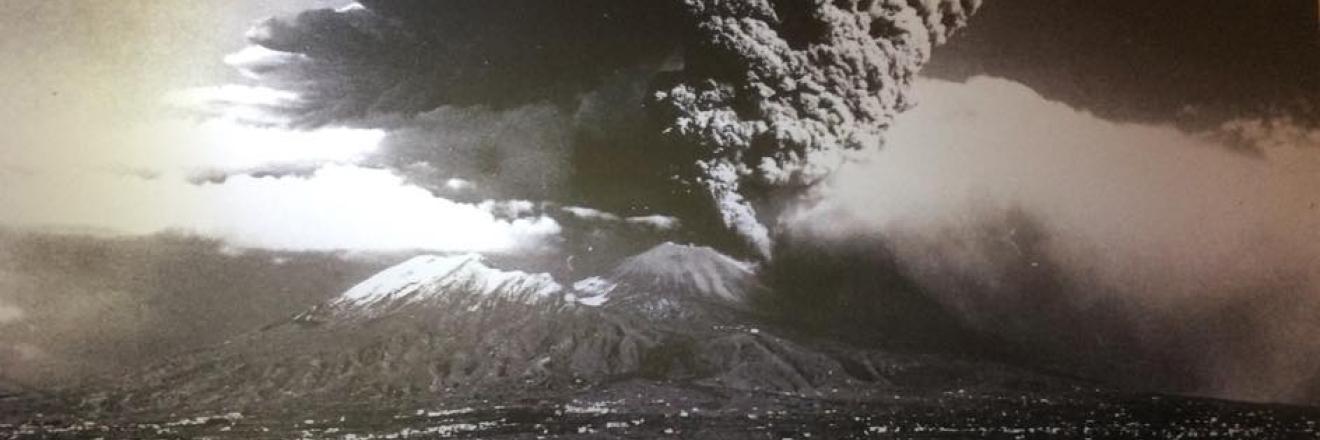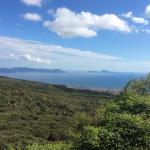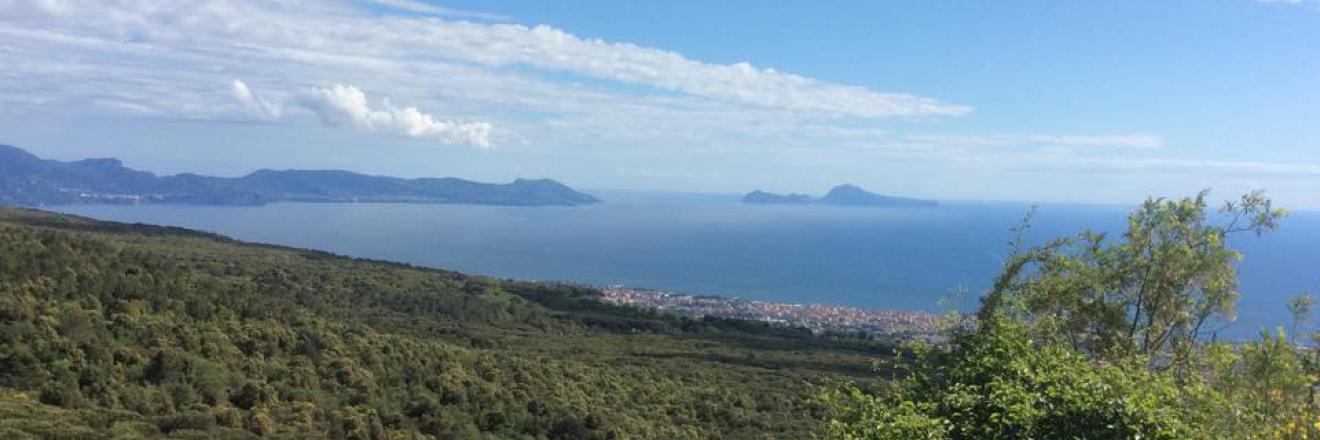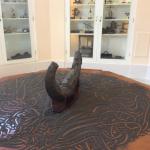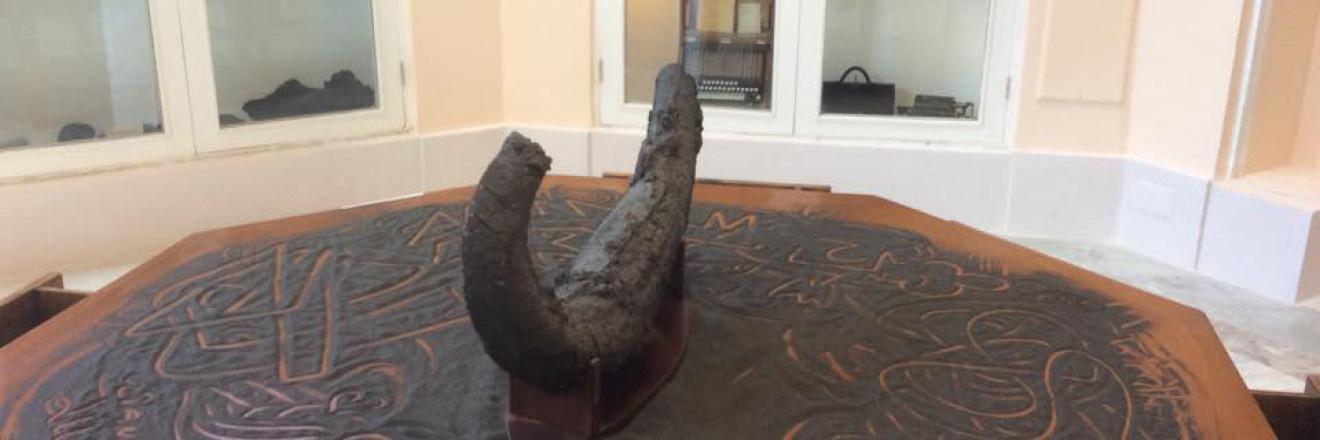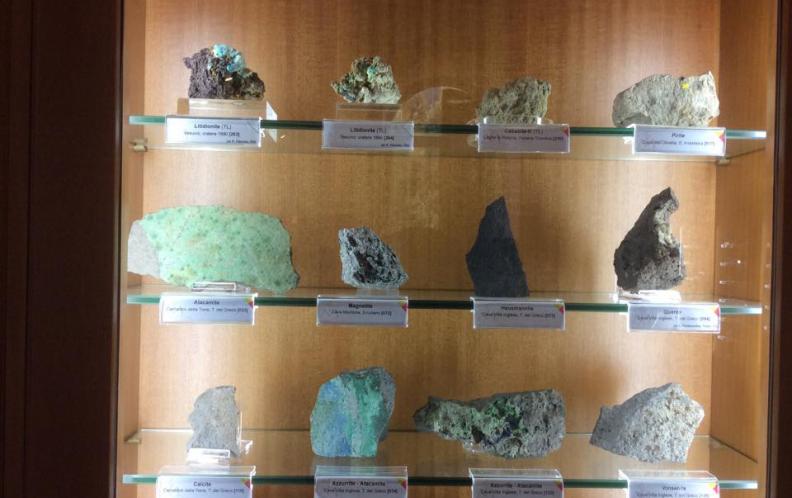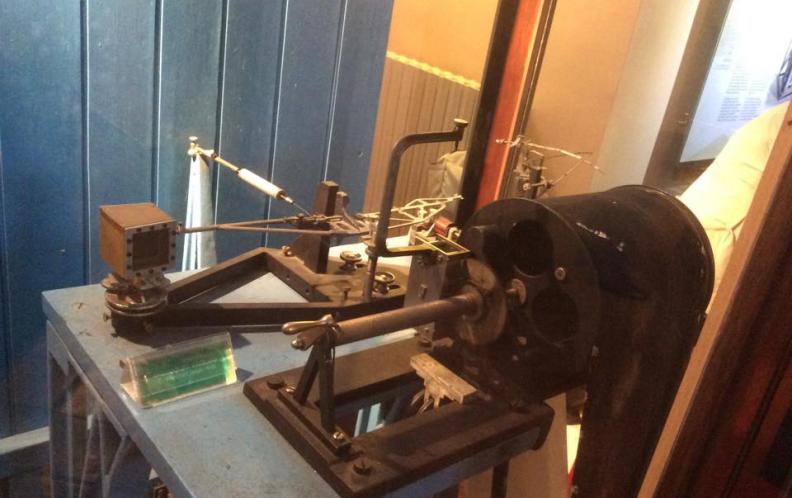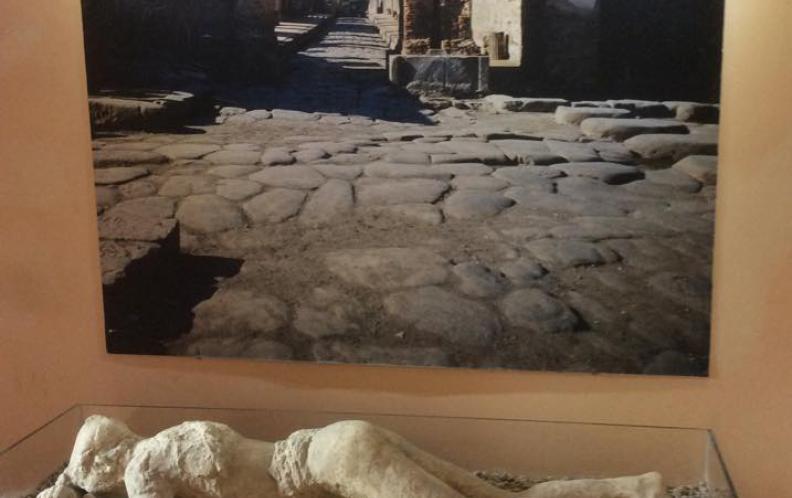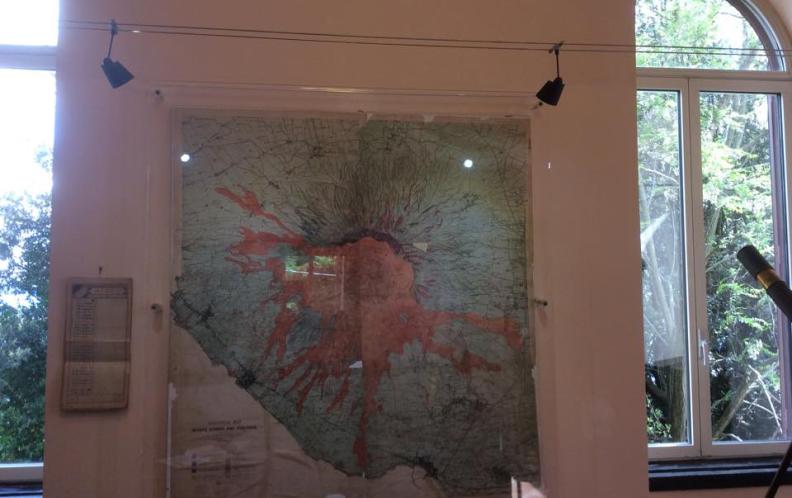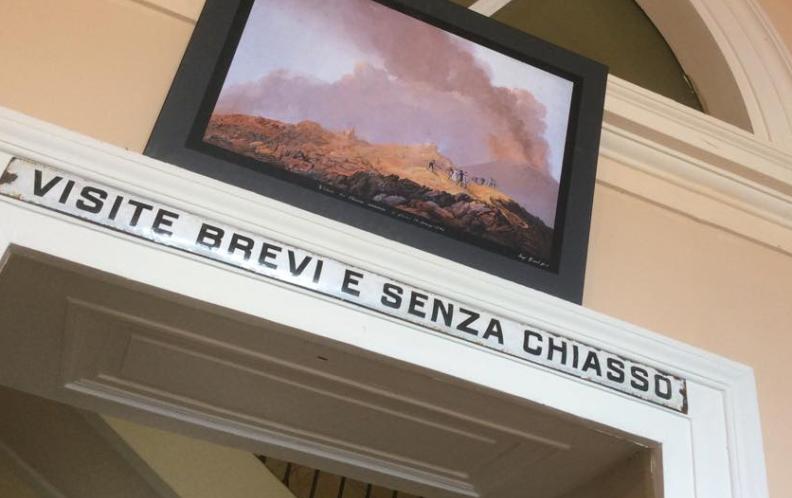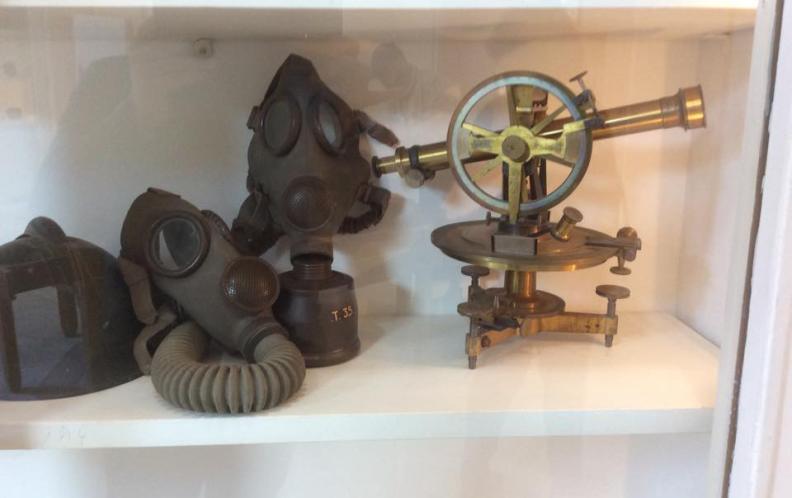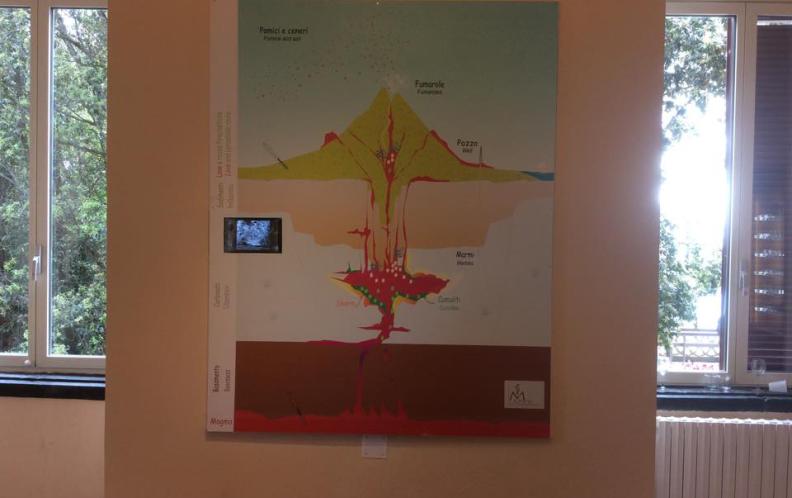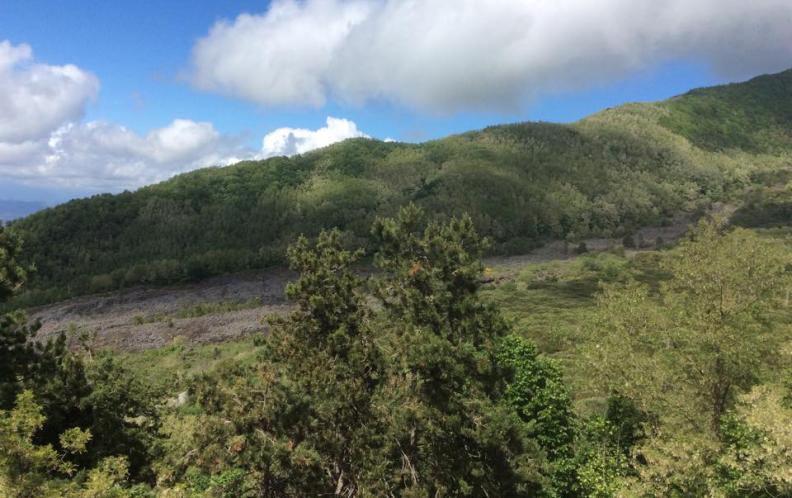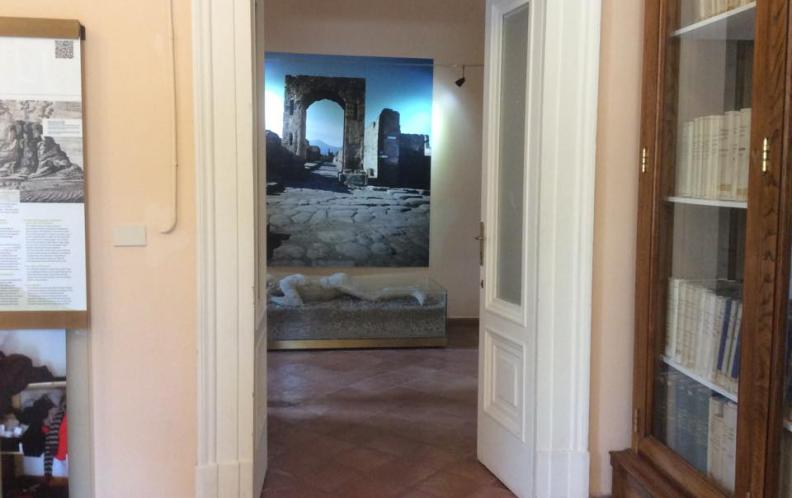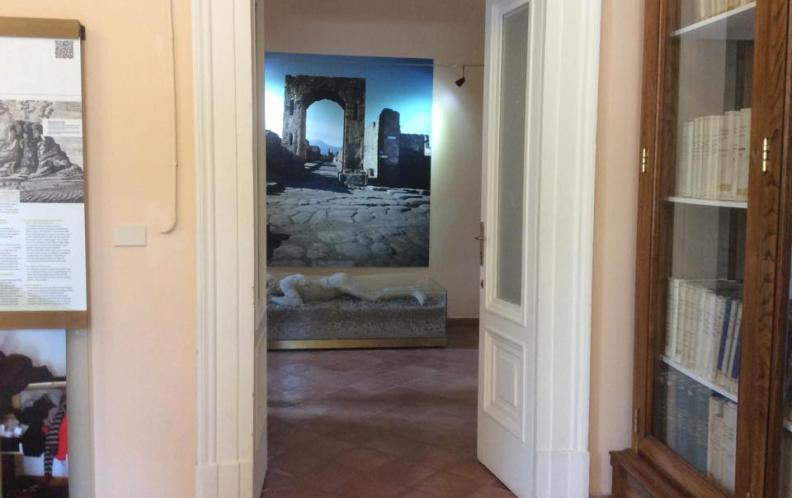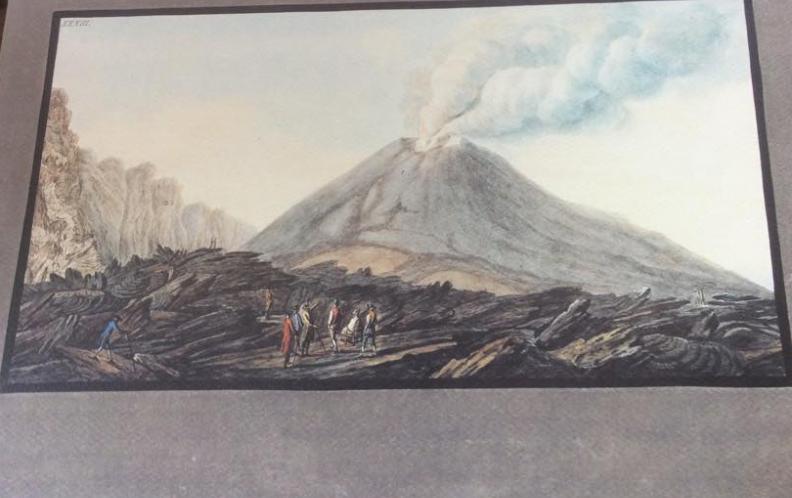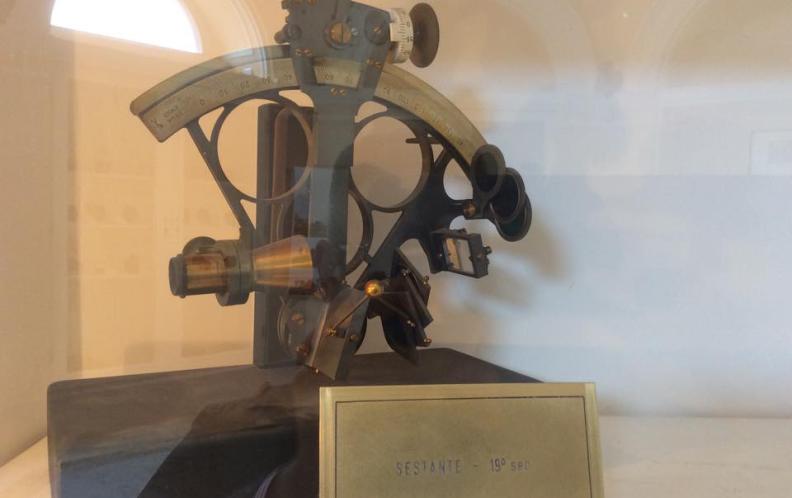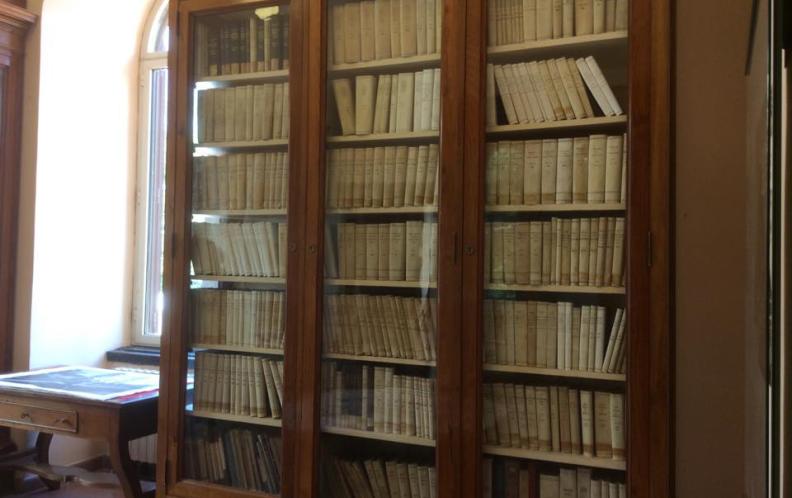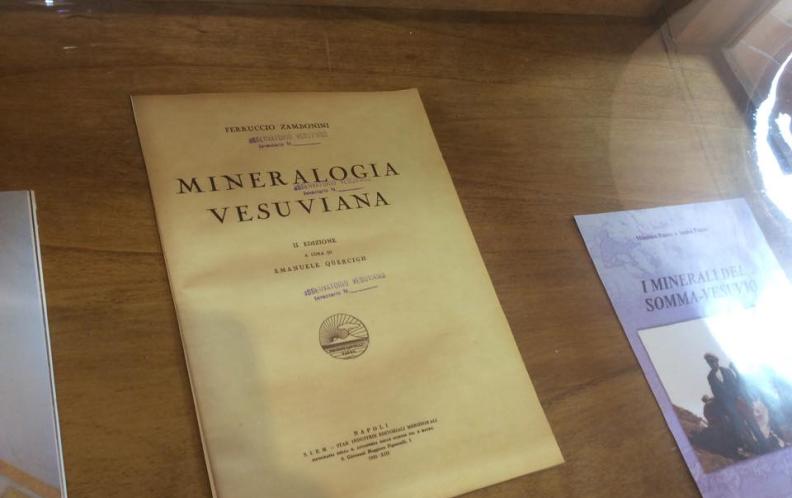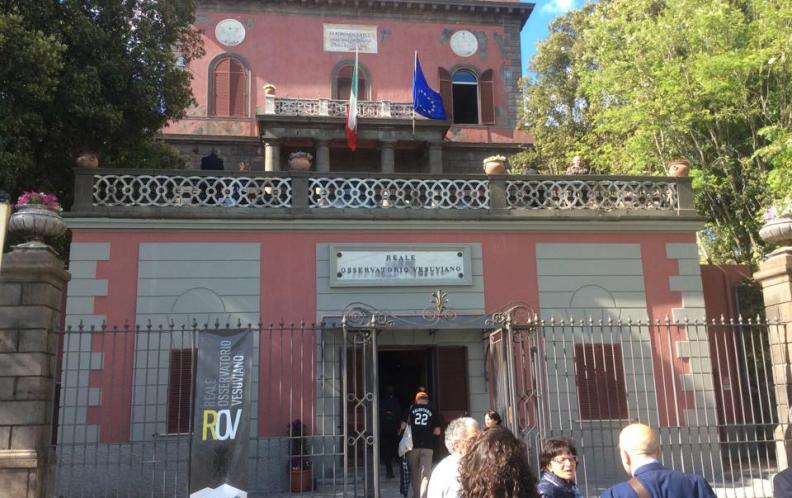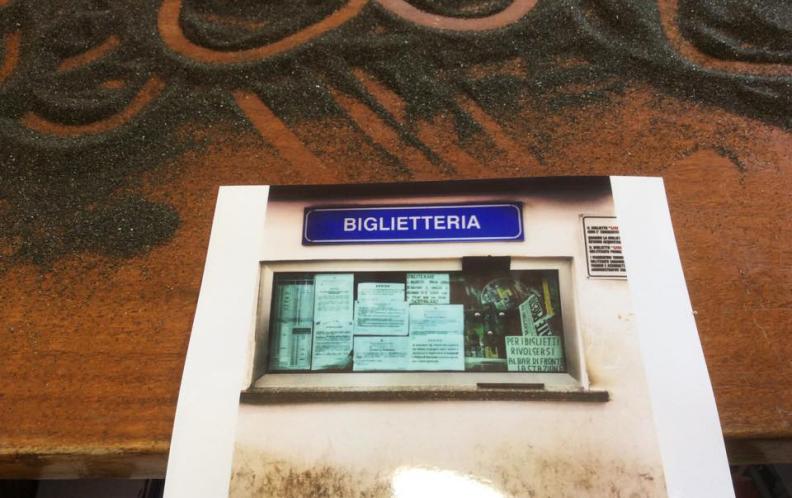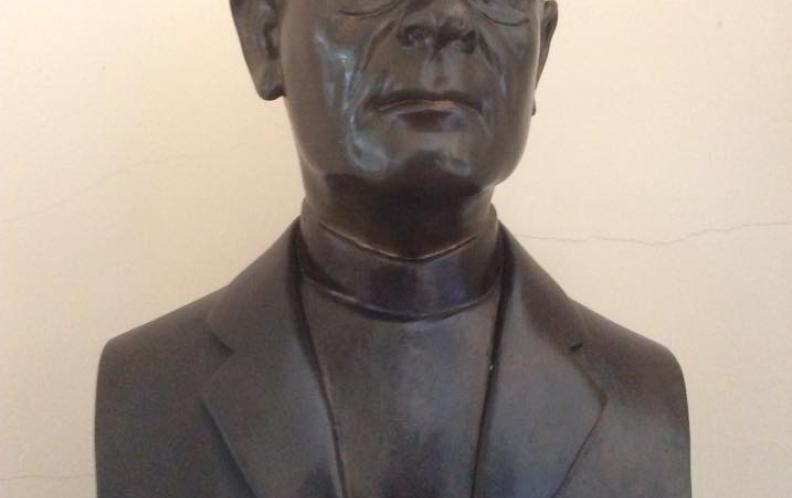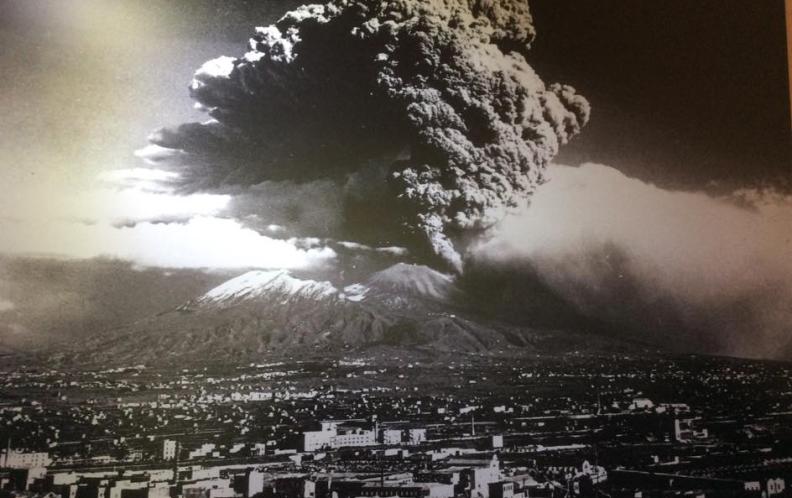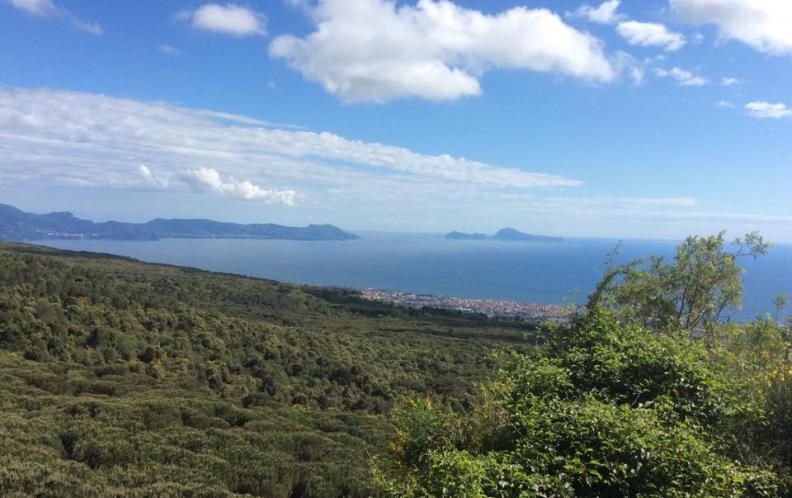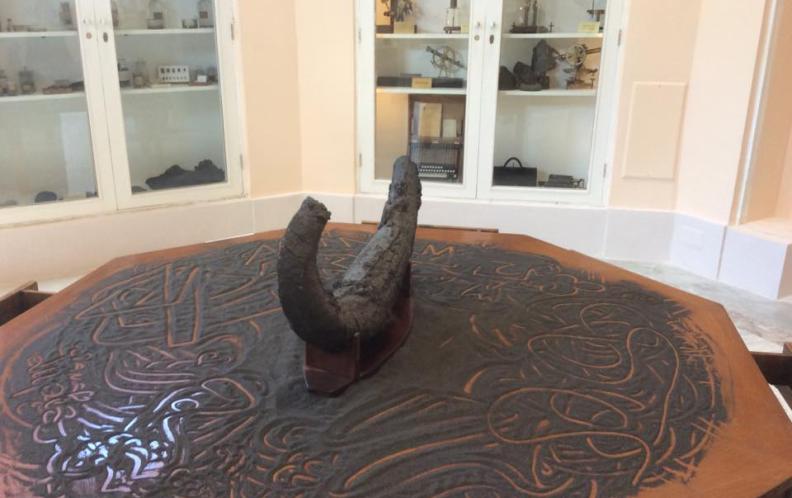The long history of the Observatory, also in relation to the eruptions of Vesuvius, and its vicissitudes are all documented in the collections owned by the Institution, a unique heritage in the world in terms of richness and variety. The collections tell the story of the world's first observatory, strongly connected with the activity of Vesuvius, and the dedication of so many men of science who have devoted their lives to the study of the volcano.
The Observatory owns and preserves the following collections, unique in their high scientific, documentary and artistic value:
? ANTIQUE BOOKS ON VULCANOLOGICAL THEME
? COLLECTION OF ROCKS, MINERALS, ASHES AND OTHER VESUVIAN MATERIALS FROM THE HISTORICAL ERUTIONS
? RECORDS ON SMOKED PAPER OF VESUVIAN SEISMIC ACTIVITY FROM 1900 TO
? INSTRUMENTS
? GEOLOGICAL MAPS AND PLASTICS&
? PHOTOS AND MOVIES OF VINTAGE OF ERUTIONS (SLABS AND SKINS)
? GOUACHES OF THE VESUVIUM
? LAVA MEDALS
The historic building
.
The building was constructed in strict neo-Gothic order, designed by architect Gaetano Fazzini (1806- 1878); construction work engaged the workers from 1841 until March 16, 1848, when the building was finally handed over to director Macedonio Melloni, complete with all decorations. The inauguration had already taken place, however, in 1845, on the occasion of the 7th Congress of Scientists in Naples.
The building stands on three floors. The facade turns to the south and uses two levels with autonomous and vertically corresponding entrances, of which the one on the main floor is the monumental entrance, with a pronaos bordered by a colonnade, which is accessed by a lava stone staircase connected to two side ramps. The façade of the second floor is clad with blocks of piperno and lava stone framing six arches with inset windows in plastered brick. The facade of the top floor is made of brick, also plastered, bordered at the corners by lava stone blocks.
On the main facade are two sundials to indicate solar time and the months of the year. In the center a rectangular plaque bears an inscription, recalling the founding of the Observatory at the behest of King Ferdinand II of Bourbon.
Spacious and panoramic terraces, also intended for outside observations, are present on both the first and second floors.
On the second floor, the most valuable room is the elegant octagonal hall, originally intended to house the marble bust of Ferdinand II, made for the occasion by Tito Angelini (1804-1878) and, already considered by Melloni to be the most suitable for housing magnetic instruments.
On the second floor is the Great Hall ? today Palmieri Hall ? adorned with six aedicules framed by pilasters with capitals and tympanums decorated with cornices and plaster inscriptions. The ceiling decorations were entrusted to Gennaro Maldarelli (1795-1858), who used the technique of oil on ?raw? canvas. The paintings located in the center depict: Minerva crowning the Genius of Science with various agreeing putti, Aeolus commanding the winds and The Forge of Vulcan. On the extreme sides are depictions of two weather events: A whirlwind and A waterspout. The canvases offer a representation of scientific-meteorological phenomena that recall the four elements of air, water, earth and fire, the latter symbolized by Vulcan. The four elements function to frame, under the ellipse of a rainbow that connects them prospectively, the true central theme: the mythological one of Minerva, goddess of Wisdom, crowning Prometheus dispenser of the fire of knowledge. The subject is an allegorical tribute to the Bourbon King's benevolence toward the Arts and Sciences of the Earth.
Map
Museo del Reale Osservatorio Vesuviano
Via dell'Osservatorio, Ercolano
-
MON
TUE
WED
THU
FRI
SAT
SUN
since 09:00
to 14:00
-
MON
TUE
WED
THU
FRI
SAT
SUN
since 09:00
to 16:00
Price:
€0.00
Gallery
Additional information
Reservations:
Access is free and the duration of the visit is about 90 minutes spread over three daily tour shifts:- 09h00 - 10h30
- 10h30 - 12h00
- 12h00 - 13h30
For each shift, the group should consist of a maximum of 50 people.
The tour is accompanied by specialized guides, available in English and French.
Did you like it? Leave a review
Your opinion is important! It will be visible after approval by the editorial staff.
To post a comment you must be an authenticated user.




